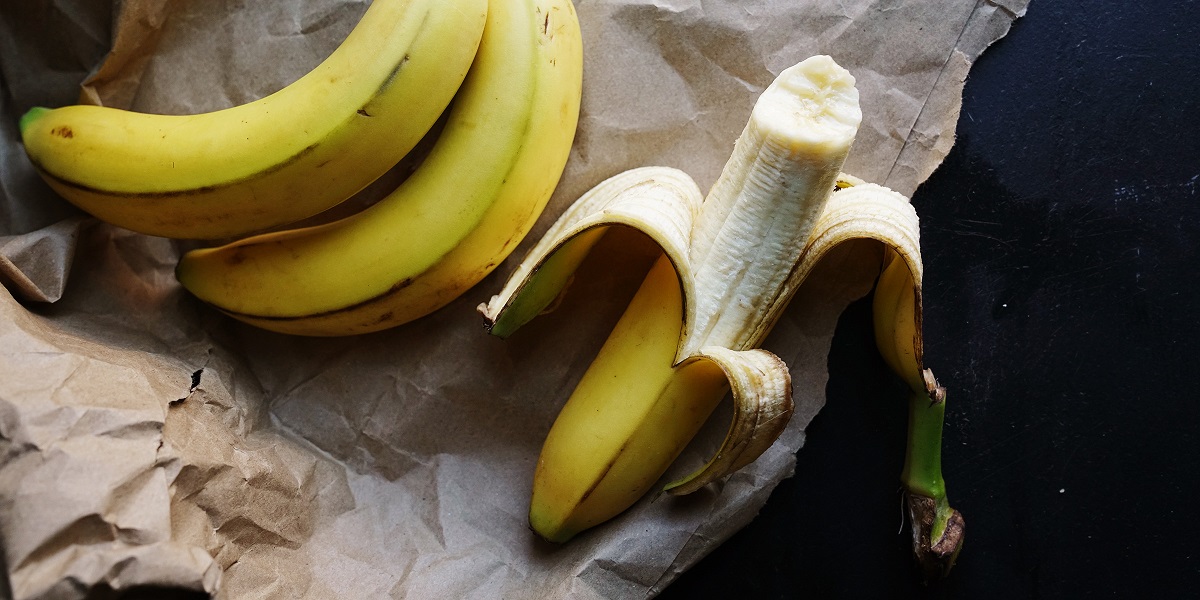

Articles
How To Store An Opened Banana
Modified: February 23, 2024
Learn the best way to store a partially eaten banana with our informative articles. Keep your bananas fresh and ready to enjoy for longer periods.
(Many of the links in this article redirect to a specific reviewed product. Your purchase of these products through affiliate links helps to generate commission for Storables.com, at no extra cost. Learn more)
Introduction
When it comes to storing fresh produce, bananas have their own unique set of challenges. Most of us are familiar with the frustration of a perfectly ripe banana quickly turning brown and mushy. But what about a partially consumed banana? How can you ensure that it stays fresh and delicious for as long as possible?
The key to properly storing an opened banana lies in understanding its distinct characteristics and taking the necessary steps to preserve its freshness. By following a few simple techniques, you can extend the lifespan of your opened banana and avoid wasting this versatile and nutritious fruit.
In this article, we will explore the importance of properly storing an opened banana and outline several options for doing so effectively. Whether you prefer wrapping it in plastic wrap, placing it in a ziploc bag, using a banana storage container, storing it in the fridge, or even freezing it for long-term storage, we will provide you with all the information you need to keep your opened banana fresh and tasty.
So, let’s dive in and discover the best ways to store an opened banana to ensure maximum freshness and flavor!
Key Takeaways:
- Properly storing an opened banana is essential to maintain its freshness, taste, and nutritional value. By understanding the unique challenges of banana storage, you can enjoy this versatile fruit for longer and minimize food waste.
- Whether you prefer wrapping, bagging, using a storage container, refrigerating, or freezing, there are multiple options to keep opened bananas fresh. Choose a method that suits your needs and enjoy the flavor and goodness of this fantastic fruit!
Read more: How To Store An Open Banana
The Importance of Properly Storing an Opened Banana
While it may seem like a trivial matter, properly storing an opened banana is essential to maintain its freshness, taste, and nutritional value. Bananas are highly perishable fruits that are prone to ripening and decay, especially once they have been exposed to the air. By taking the time to store your opened banana correctly, you can significantly extend its shelf life and ensure that it remains enjoyable to eat.
One of the primary factors that contribute to the rapid deterioration of an opened banana is the enzymatic reaction known as browning. When a banana is cut or bruised, an enzyme called polyphenol oxidase reacts with oxygen in the air, resulting in the production of melanin, which is responsible for the darkening of the fruit’s flesh. This enzymatic browning not only affects the appearance of the banana but can also alter its flavor and texture.
In addition to enzymatic browning, an opened banana is more susceptible to bacterial and fungal growth. Once the protective skin has been removed, the exposed flesh becomes a breeding ground for microorganisms that can cause spoilage. Proper storage techniques can help minimize the growth of these unwanted contaminants and keep the banana fresh for a longer period.
Furthermore, storing an opened banana properly can also prevent it from absorbing odors from other foods. Bananas have a porous skin, which makes them particularly susceptible to picking up surrounding smells. By keeping it stored separately or in a sealed container, you can avoid any unwanted flavor transfers and maintain the natural taste of the banana.
Lastly, but certainly not least, reducing food waste is another important aspect to consider when it comes to storing an opened banana. According to the Food and Agriculture Organization of the United Nations, approximately one-third of all food produced globally is wasted. By properly storing our food, including opened bananas, we can do our part in minimizing this waste and being more mindful of our consumption.
Now that we understand the significance of properly storing an opened banana, let’s explore the various options available to us. Whether you prefer to wrap it with plastic wrap, place it in a ziploc bag, use a banana storage container, store it in the fridge, or freeze it for long-term storage, there is a method that will suit your needs and help preserve the freshness of your opened banana for as long as possible.
Steps for Storing an Opened Banana
Now that we understand why it is important to properly store an opened banana, let’s explore the different methods you can use to achieve maximum freshness. Here are five simple steps to help you store your opened banana:
- Step 1: Assess the Banana’s Ripeness
Before storing your opened banana, take a moment to assess its ripeness. If the banana is still slightly green or has just a few brown spots, it is best to consume it immediately as it is already on its way to ripening. However, if the banana is fully ripe and you wish to save it for later, proceed to the next step. - Step 2: Choose Your Storage Method
You have several options when it comes to storing an opened banana. You can choose to wrap it with plastic wrap, place it in a ziploc bag, use a banana storage container, store it in the fridge, or even freeze it for long-term storage. Consider your preferences and the desired timeframe for consumption. - Step 3: Prepare the Banana for Storage
Regardless of the storage method you choose, it’s important to prepare the banana before storing it. Gently wipe the flesh with a paper towel to remove any excess moisture and ensure that it is as clean and dry as possible. This will help minimize the risk of bacterial or fungal growth. - Step 4: Store the Banana
Depending on your chosen storage method, proceed to carefully wrap the banana with plastic wrap, place it in a ziploc bag, or store it in a banana storage container. If you prefer to refrigerate the banana, make sure to place it in a sealed container or wrap it with plastic wrap to prevent it from drying out. - Step 5: Label and Date (Optional)
To keep track of your stored bananas and their freshness, consider labeling and dating them if you choose to use plastic wrap, ziploc bags, or containers. This will help you identify how long the banana has been stored and ensure that you use the oldest ones first.
By following these simple steps, you can ensure that your opened banana stays fresh and maintains its flavor for an extended period. Now, let’s explore each storage option in more detail and understand how they can contribute to preserving the quality of your opened bananas.
Option 1: Wrapping the Banana with Plastic Wrap
One of the simplest and most convenient methods for storing an opened banana is by wrapping it with plastic wrap. This method provides a protective barrier that helps prevent the exposure of the flesh to air and slows down the enzymatic browning process. Here’s how you can use plastic wrap to store your banana:
- Step 1: Assess the Banana’s Ripeness
Before wrapping the banana, make sure to assess its ripeness. If it’s slightly green or has just a few brown spots, it is best to consume it immediately. However, if the banana is fully ripe or partially consumed, proceed to the next step. - Step 2: Prepare the Banana
Gently wipe the banana with a paper towel to remove any excess moisture. This will help prevent the buildup of moisture, which can lead to faster decay. - Step 3: Wrap with Plastic Wrap
Take a sheet of plastic wrap and carefully wrap it around the exposed flesh of the banana. Make sure to cover it completely, leaving no areas exposed to the air. - Step 4: Secure the Wrap
Once the banana is wrapped, gently press the plastic wrap against the banana to ensure a tight seal. This will help minimize the entry of oxygen, which is crucial for slowing down the enzymatic browning process. - Step 5: Store in a Cool Place
Place the wrapped banana in a cool and dry location, such as a fruit bowl or pantry. Avoid storing it near sources of heat or direct sunlight, as this can accelerate the ripening process. - Step 6: Monitor and Consume
Keep an eye on the banana and consume it within a day or two. It’s important to note that even with plastic wrap, the banana will still continue to ripen and may eventually become overripe if left for too long.
By wrapping your opened banana with plastic wrap, you create a barrier that helps slow down the browning process and preserve its freshness. This method is ideal for short-term storage and is convenient for those who want to save a partially consumed banana for later consumption without compromising its quality.
Now that we have explored wrapping the banana with plastic wrap, let’s move on to the next storage option – placing the banana in a ziploc bag.
Option 2: Placing the Banana in a Ziploc Bag
If you’re looking for a simple and effective method to store an opened banana, using a ziploc bag is a great option. The bag acts as a protective barrier, preventing the banana from being exposed to air and slowing down the enzymatic browning process. Here’s a step-by-step guide on how to store your opened banana using a ziploc bag:
- Step 1: Assess the Banana’s Ripeness
Before placing the banana in a ziploc bag, check its ripeness. If it’s still slightly green or has just a few brown spots, it’s best to consume it immediately. However, if the banana is fully ripe or partially consumed, proceed to the next step. - Step 2: Prepare the Banana
Gently wipe the banana with a paper towel to remove any excess moisture. By reducing moisture, you can help prevent the growth of bacteria and fungi, prolonging the lifespan of the banana. - Step 3: Place the Banana in a Ziploc Bag
Open a clean ziploc bag and carefully place the banana inside. Ensure that the bag is large enough to comfortably accommodate the size of the banana. Avoid folding or crushing the banana during this process. - Step 4: Seal the Bag
Once the banana is inside the ziploc bag, seal it tightly to create an airtight barrier. This will prevent air from reaching the banana, reducing the risk of enzymatic browning and extending its freshness. - Step 5: Store in a Cool Location
Find a cool and dry spot to store the ziploc bag containing the banana. It’s ideal to keep it away from direct sunlight or sources of heat, as these can accelerate the ripening process. - Step 6: Monitor and Consume
Check the banana periodically and consume it within a day or two. While the ziploc bag provides some protection, keep in mind that the banana will still continue to ripen over time.
By placing your opened banana in a ziploc bag, you create a controlled environment that helps slow down the enzymatic browning process and maintain its freshness. This storage method is convenient, especially if you want to preserve a partially consumed banana or store multiple bananas at once.
Now that we have explored storing the banana in a ziploc bag, let’s move on to the next option – using a banana storage container.
Store an opened banana by wrapping the exposed end in plastic wrap or placing it in an airtight container to prevent browning and keep it fresh.
Read more: How To Store A Banana
Option 3: Using a Banana Storage Container
For those who want a specialized storage solution for their opened bananas, a banana storage container is an excellent option. These containers are designed to create an optimal environment that helps prolong the freshness and shelf life of the fruit. Here’s a step-by-step guide on how to store your opened banana using a banana storage container:
- Step 1: Assess the Banana’s Ripeness
Before using a banana storage container, it’s important to check the ripeness of the banana. If it’s still slightly green or has just a few brown spots, it’s ideal to consume it right away. However, if the banana is fully ripe or partially consumed, proceed to the next step. - Step 2: Prepare the Banana
Take a moment to gently wipe the banana with a paper towel, removing any excess moisture. By keeping the banana dry, you can help prevent the growth of bacteria and fungi, ensuring it stays fresh for longer. - Step 3: Place the Banana in the Container
Open the banana storage container and carefully place the banana inside. Ensure that the container is the appropriate size to fit the banana without squishing or crushing it. Avoid overcrowding the container to maintain proper air circulation. - Step 4: Seal the Container
Once the banana is inside the container, securely close the lid or cover. This creates a controlled environment with limited exposure to air, helping to slow down the enzymatic browning process and maintain the fruit’s freshness. - Step 5: Store in a Cool Spot
Find a cool and dry location to store the banana storage container. It’s best to keep it away from direct sunlight or heat sources, as they can accelerate the ripening process and compromise the quality of the fruit. - Step 6: Monitor and Consume
Check on the banana periodically and consume it within a day or two. While the storage container provides a conducive environment, keep in mind that bananas will naturally continue to ripen over time.
Using a banana storage container is an excellent way to keep an opened banana fresh and prevent it from getting squashed or contaminated. These containers are specifically designed to provide the ideal conditions for storing bananas, extending their shelf life and maintaining their flavor and texture.
Now that we have explored using a banana storage container, let’s move on to the next option – storing the banana in the fridge.
Option 4: Storing the Banana in the Fridge
If you’re looking to prolong the freshness of your opened banana, storing it in the fridge can be an effective method. The cooler temperature in the refrigerator slows down the enzymatic browning process and extends the lifespan of the fruit. Here’s a step-by-step guide on how to store your opened banana in the fridge:
- Step 1: Assess the Banana’s Ripeness
Before storing the banana in the fridge, check its ripeness. If it’s still slightly green or has just a few brown spots, it’s best to consume it right away. However, if the banana is fully ripe or partially consumed, proceed to the next step. - Step 2: Prepare the Banana
Take a moment to gently wipe the banana with a paper towel, removing any excess moisture. By keeping the banana dry, you can help prevent the growth of bacteria and fungi, ensuring it stays fresh for longer. - Step 3: Place the Banana in the Fridge
Find a designated spot in your fridge to store the banana. Ideally, place it in the crisper drawer, which provides a slightly higher humidity setting. If you don’t have a crisper drawer, use any available space that is away from strong odors or foods that may cause the banana to absorb unwanted flavors. - Step 4: Leave the Peel On
To preserve the banana’s freshness, it’s best to leave the peel intact. The peel acts as a protective layer, preventing the flesh from exposure to air and slowing down the enzymatic browning process. - Step 5: Monitor and Consume
Regularly check the banana in the fridge and consume it within a few days. Although the colder temperature slows down the ripening process, keep in mind that the banana will eventually continue to ripen, albeit at a slower pace.
Storing your opened banana in the fridge is an excellent option if you want to extend its freshness and consumption window. The cooler temperature helps to slow down the browning process and maintains the quality of the fruit. However, it’s important to note that refrigeration can also cause the banana peel to darken, which is a natural occurrence and does not affect the taste or quality of the fruit inside.
Now that we have explored storing the banana in the fridge, let’s move on to the final option – freezing the banana for long-term storage.
Option 5: Freezing the Banana for Long-Term Storage
If you have an opened banana that you won’t be able to consume within a few days, freezing it is an excellent option to extend its shelf life. Freezing not only preserves the freshness of the banana but also provides an opportunity to use it in various recipes later on. Here’s a step-by-step guide on how to freeze your opened banana:
- Step 1: Assess the Banana’s Ripeness
Before freezing the banana, assess its ripeness. If it’s fully ripe or partially consumed, it’s the perfect candidate for freezing. Green bananas might not have developed enough sweetness and may not freeze well. - Step 2: Prepare the Banana
Gently wipe the banana with a paper towel to remove any excess moisture. This will help prevent ice crystals from forming on the surface and protect the texture of the fruit. - Step 3: Peel the Banana
Peel the banana carefully, making sure to remove any remaining strands or skin. The peel can become tough and difficult to remove once the banana is frozen. - Step 4: Slice or Mash the Banana (Optional)
Depending on how you plan to use the frozen banana in the future, you can choose to slice it into rounds or mash it into a puree. Sliced bananas are great for smoothies or toppings, while mashed bananas are perfect for baking or making creamy desserts. - Step 5: Freezing the Banana
Place the prepared banana slices or mashed banana into a freezer-safe container or a ziploc bag. Make sure to remove as much air as possible before sealing the container or bag. Label the container with the date to keep track of its freshness. - Step 6: Store in the Freezer
Put the container or ziploc bag in the freezer. For optimal results, store the banana in a single layer to prevent clumping. This will make it easier to thaw out individual pieces when needed.
By freezing your opened banana, you can extend its shelf life for several months. Frozen bananas are a convenient ingredient to have on hand for many recipes, such as smoothies, banana bread, or delicious banana ice cream.
Now that we have explored the option of freezing the banana for long-term storage, let’s conclude our article.
Conclusion
Properly storing an opened banana is crucial to maintain its freshness, taste, and nutritional value. By understanding the unique challenges that come with storing bananas, we can ensure that our partially consumed fruit remains enjoyable and doesn’t go to waste.
In this article, we explored five different options for storing an opened banana: wrapping it with plastic wrap, placing it in a ziploc bag, using a banana storage container, storing it in the fridge, or freezing it for long-term storage. Each method has its advantages and is suitable for various preferences and needs.
Wrapping the banana with plastic wrap creates a barrier that slows down enzymatic browning. Placing it in a ziploc bag offers convenience and protection against air exposure. Using a banana storage container provides a specialized solution for maintaining freshness. Storing the banana in the fridge extends its shelf life, and freezing it allows for long-term storage and versatile usage in recipes.
Remember to assess the ripeness of the banana before storing it and to prepare it by gently wiping away any excess moisture. When choosing a storage method, consider the desired timeframe for consumption and the level of convenience that suits your needs.
Whether you enjoy a freshly wrapped banana, a conveniently bagged fruit, a specialized storage container, a chilled refrigerated banana, or a frozen treat, these storage options can help you make the most of your opened bananas and minimize food waste.
By taking these simple steps to properly store your opened banana, you can enjoy this versatile and nutritious fruit for longer, reducing waste and ensuring that every bite remains fresh and delicious.
So, the next time you have an opened banana, choose one of these storage options and savor the flavor and goodness of this fantastic fruit!
Frequently Asked Questions about How To Store An Opened Banana
Was this page helpful?
At Storables.com, we guarantee accurate and reliable information. Our content, validated by Expert Board Contributors, is crafted following stringent Editorial Policies. We're committed to providing you with well-researched, expert-backed insights for all your informational needs.
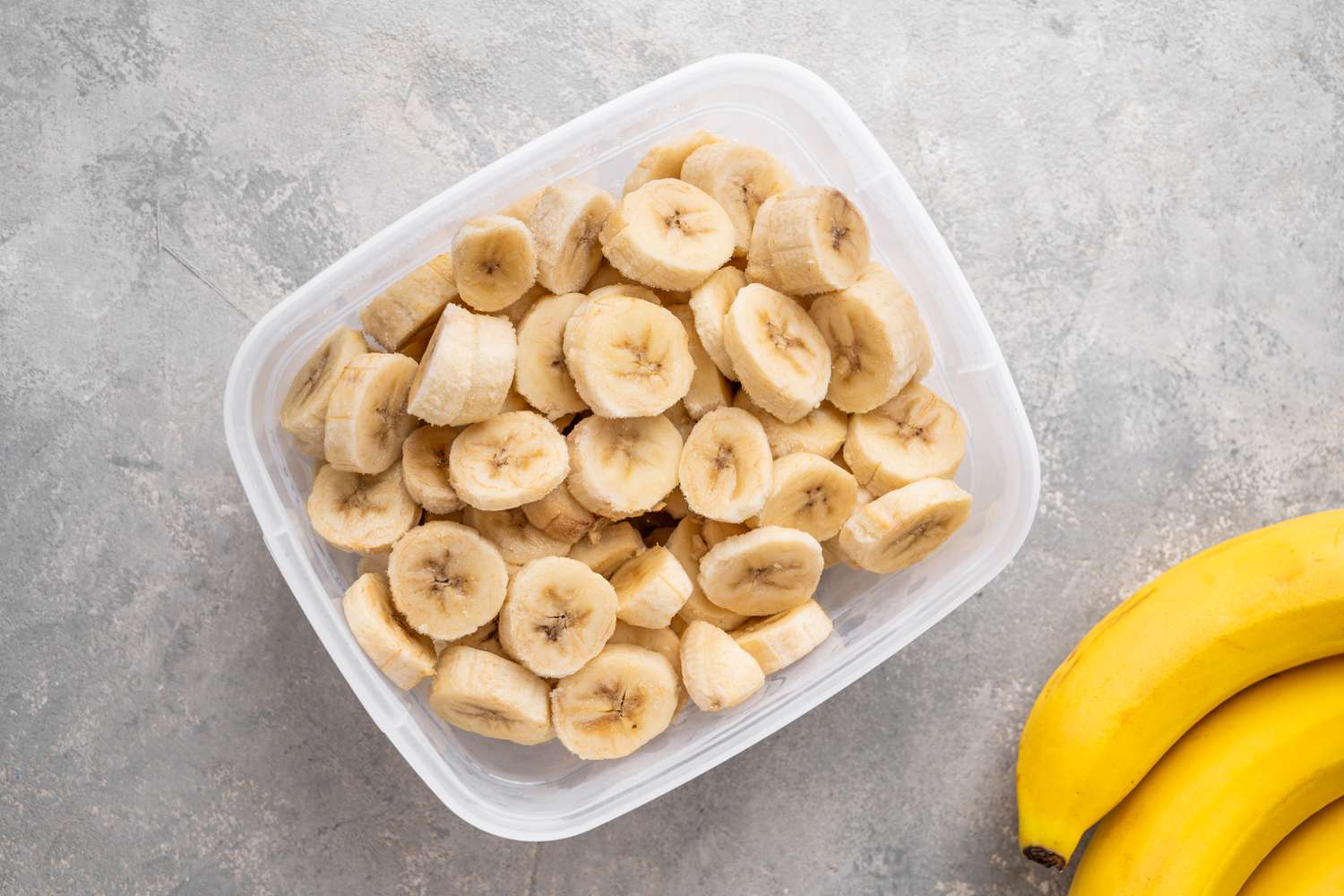
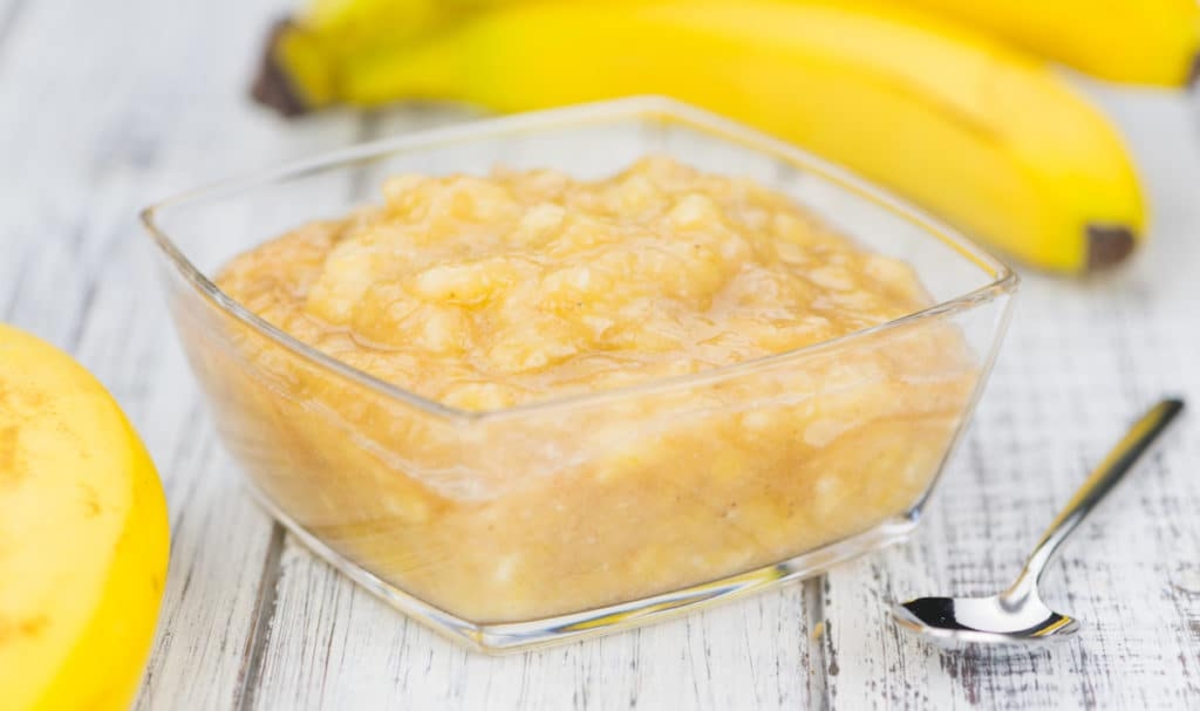
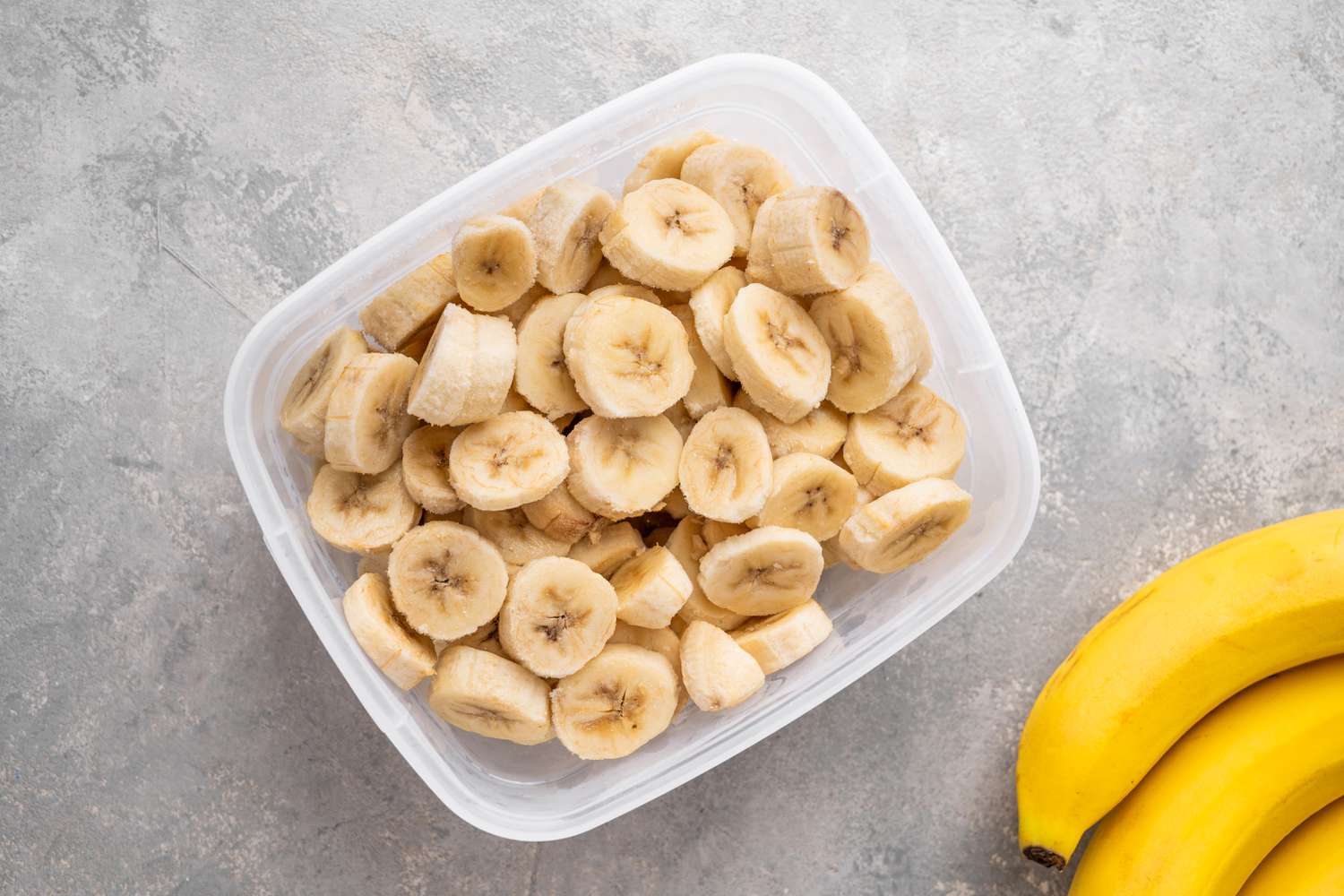
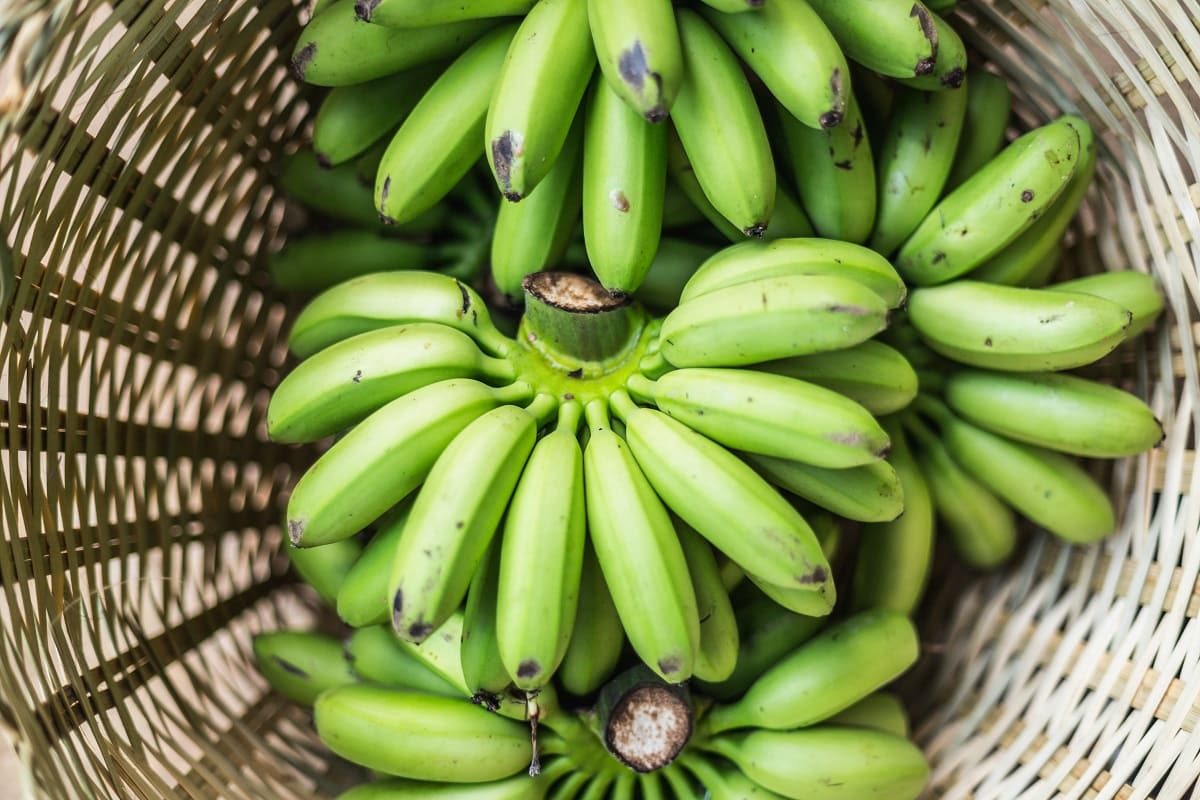
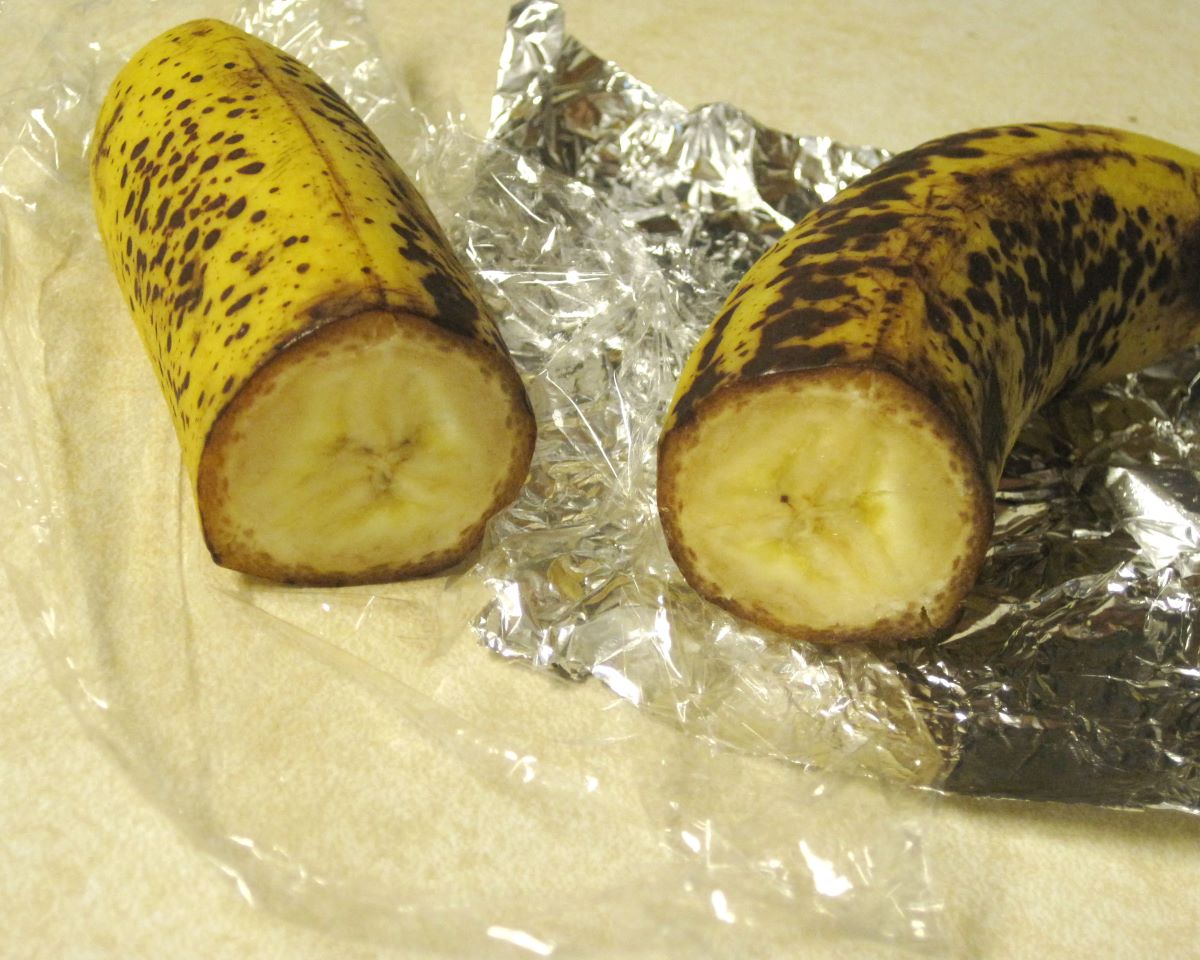
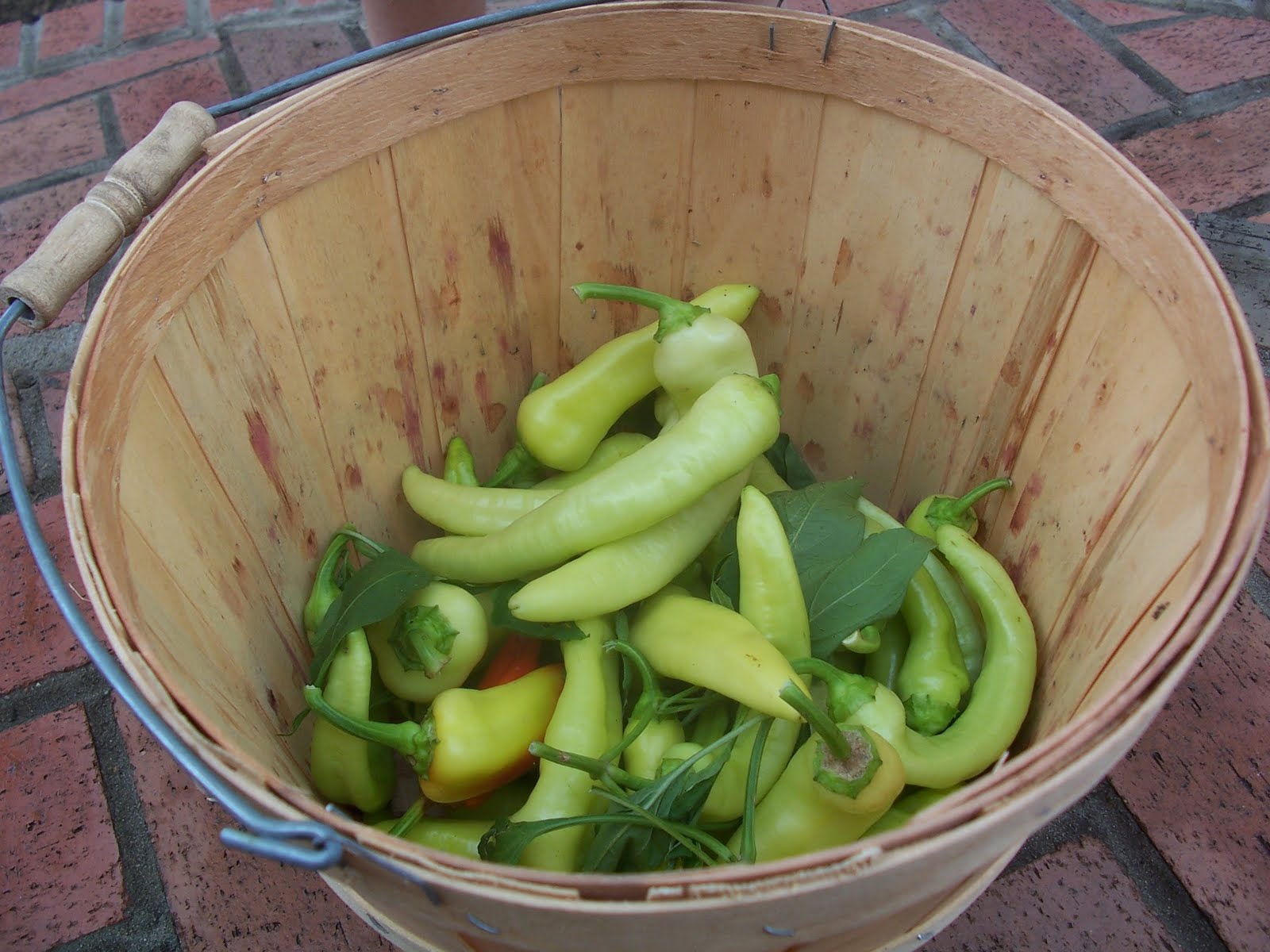
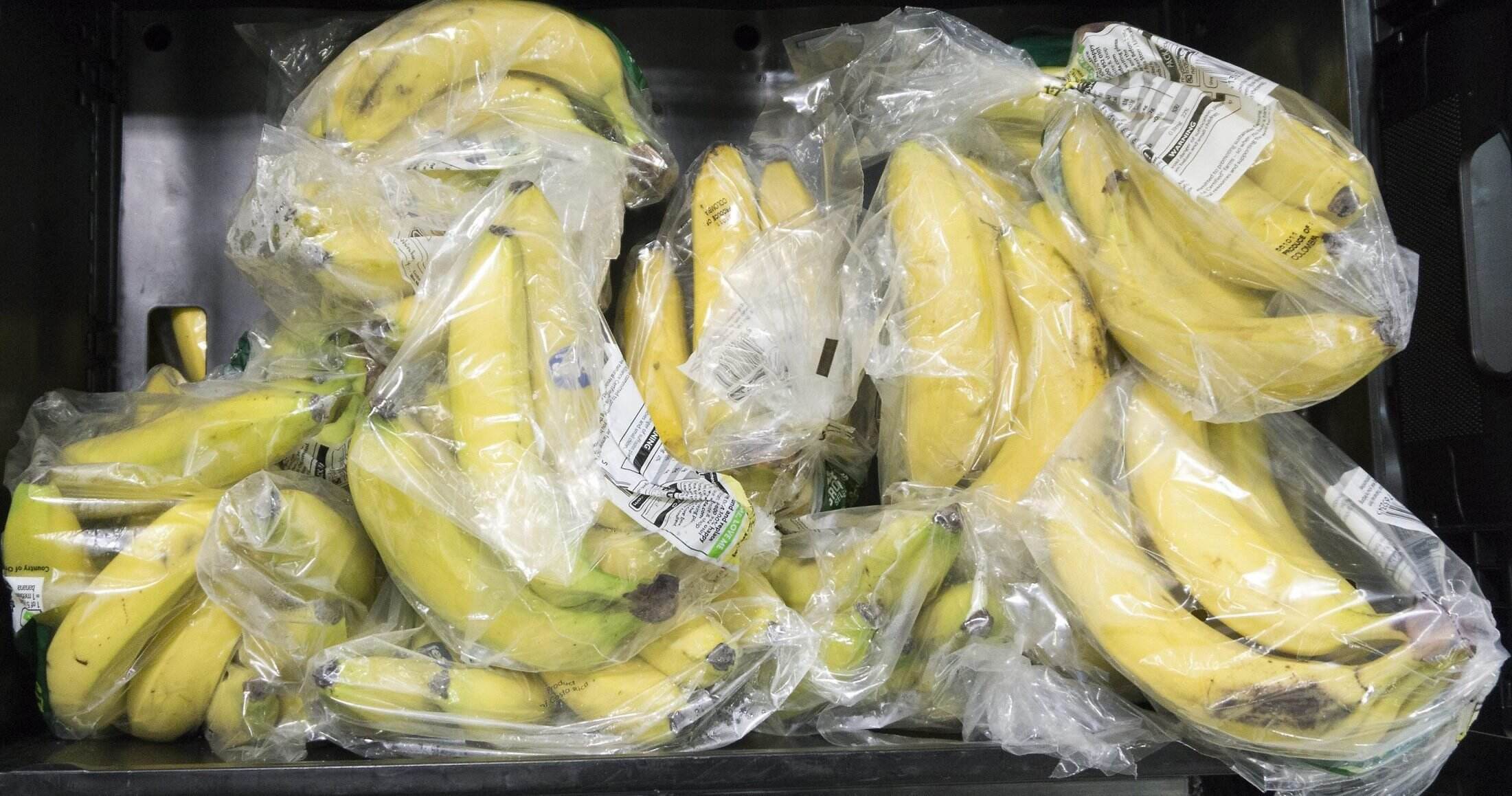
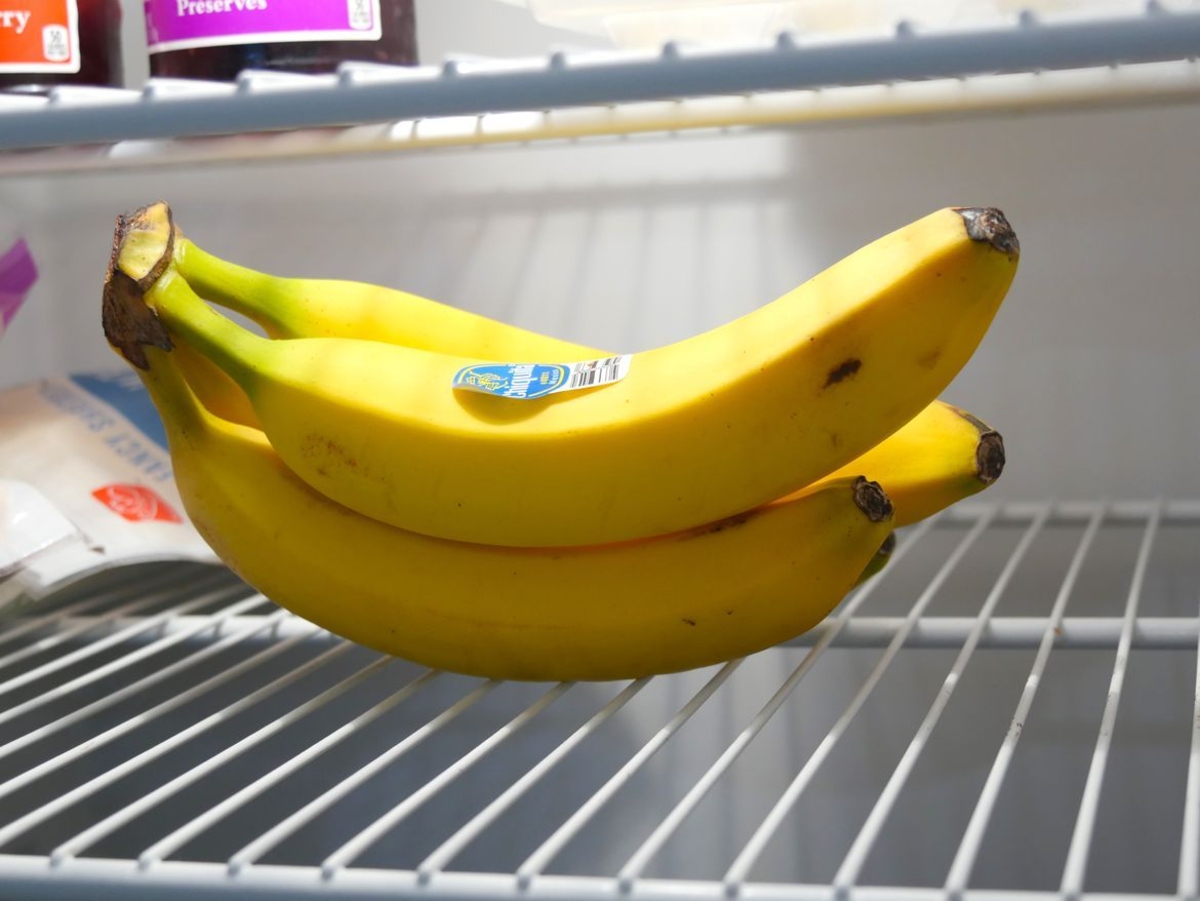
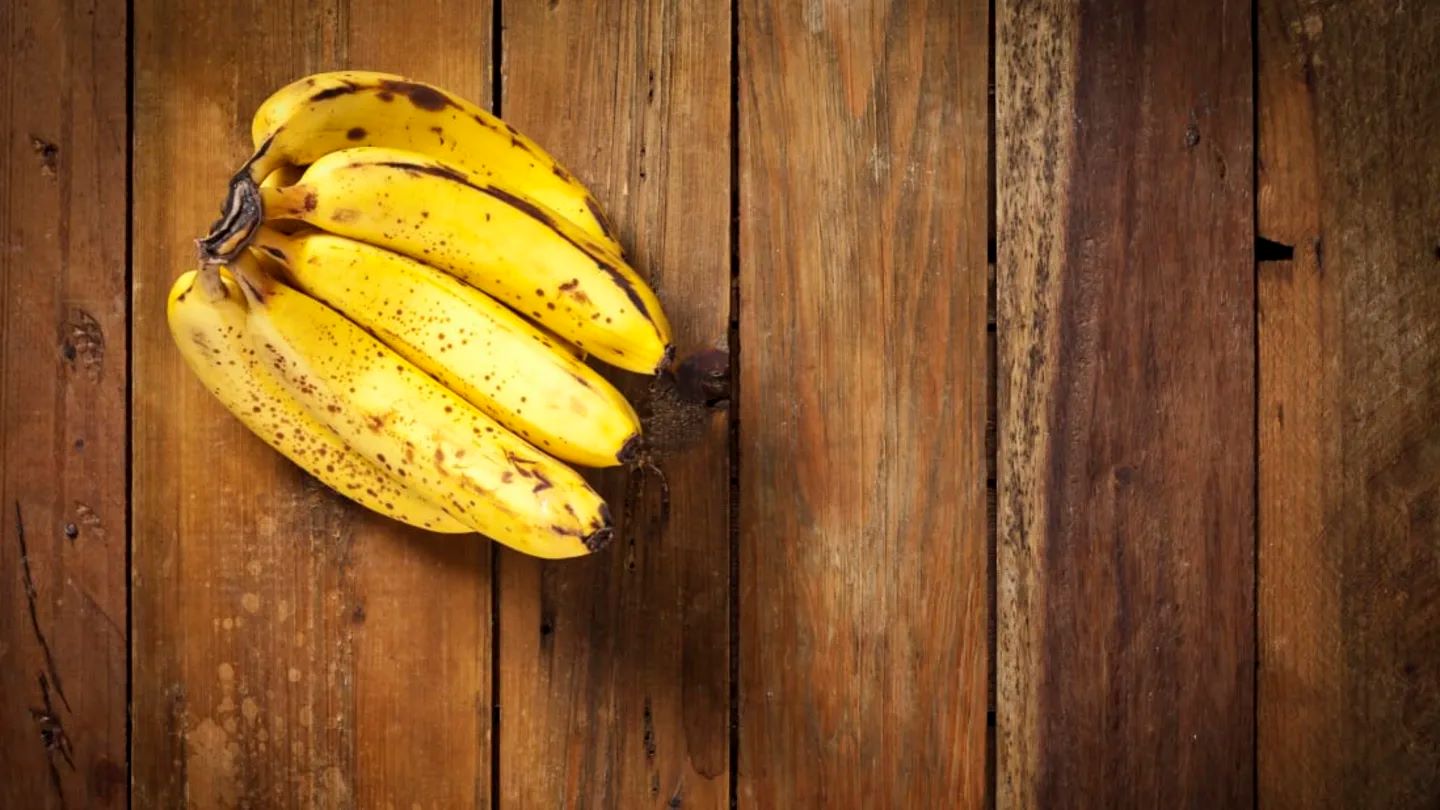
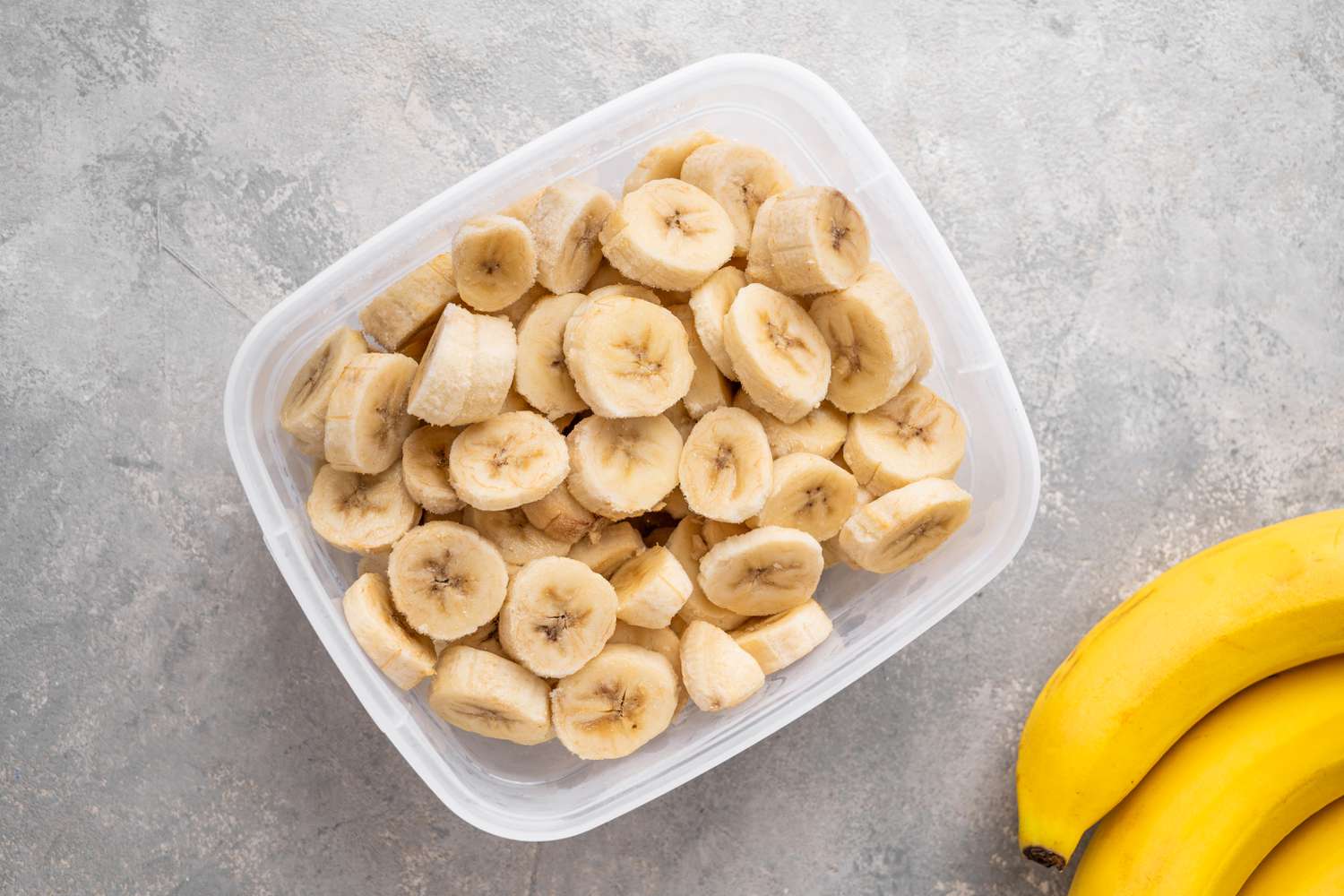

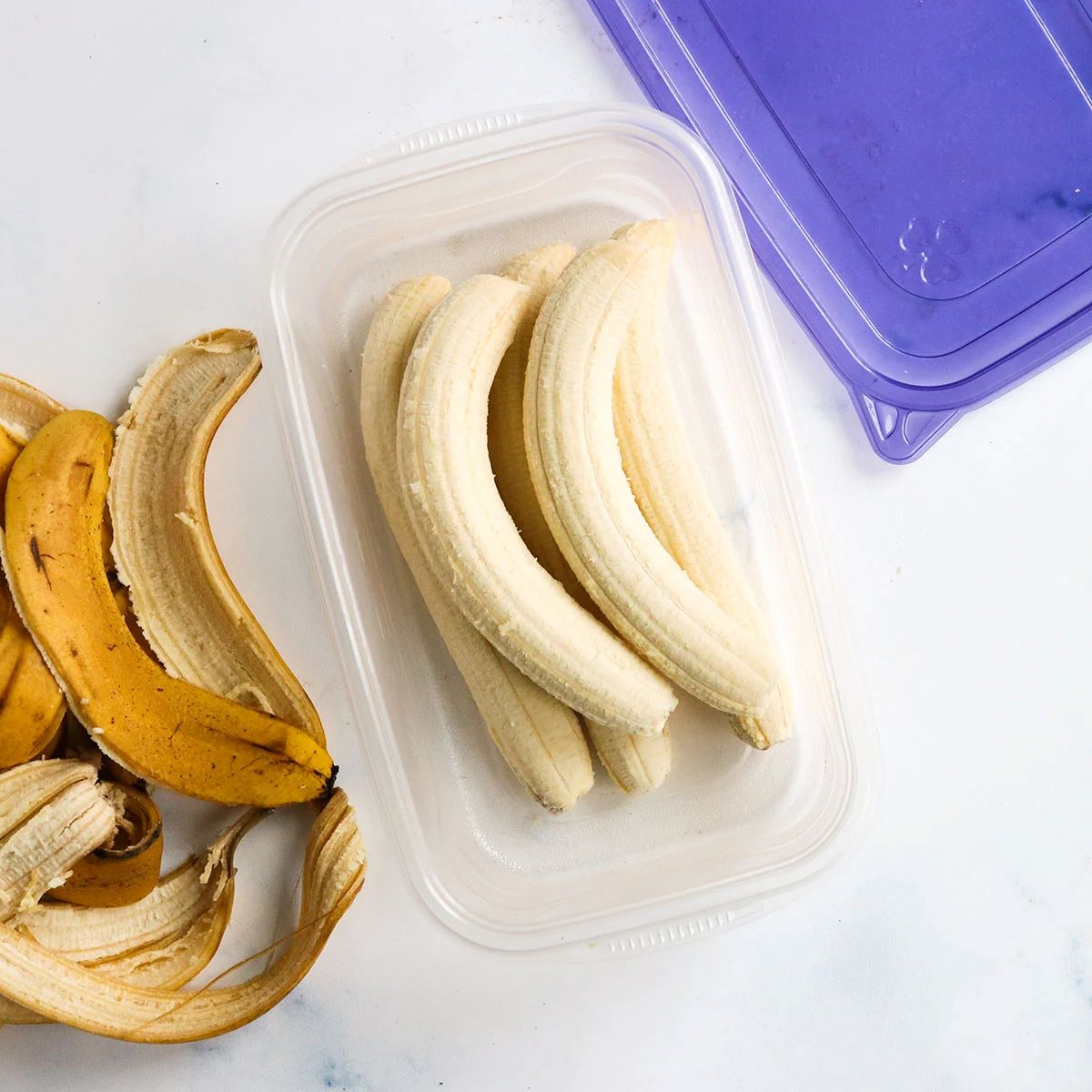
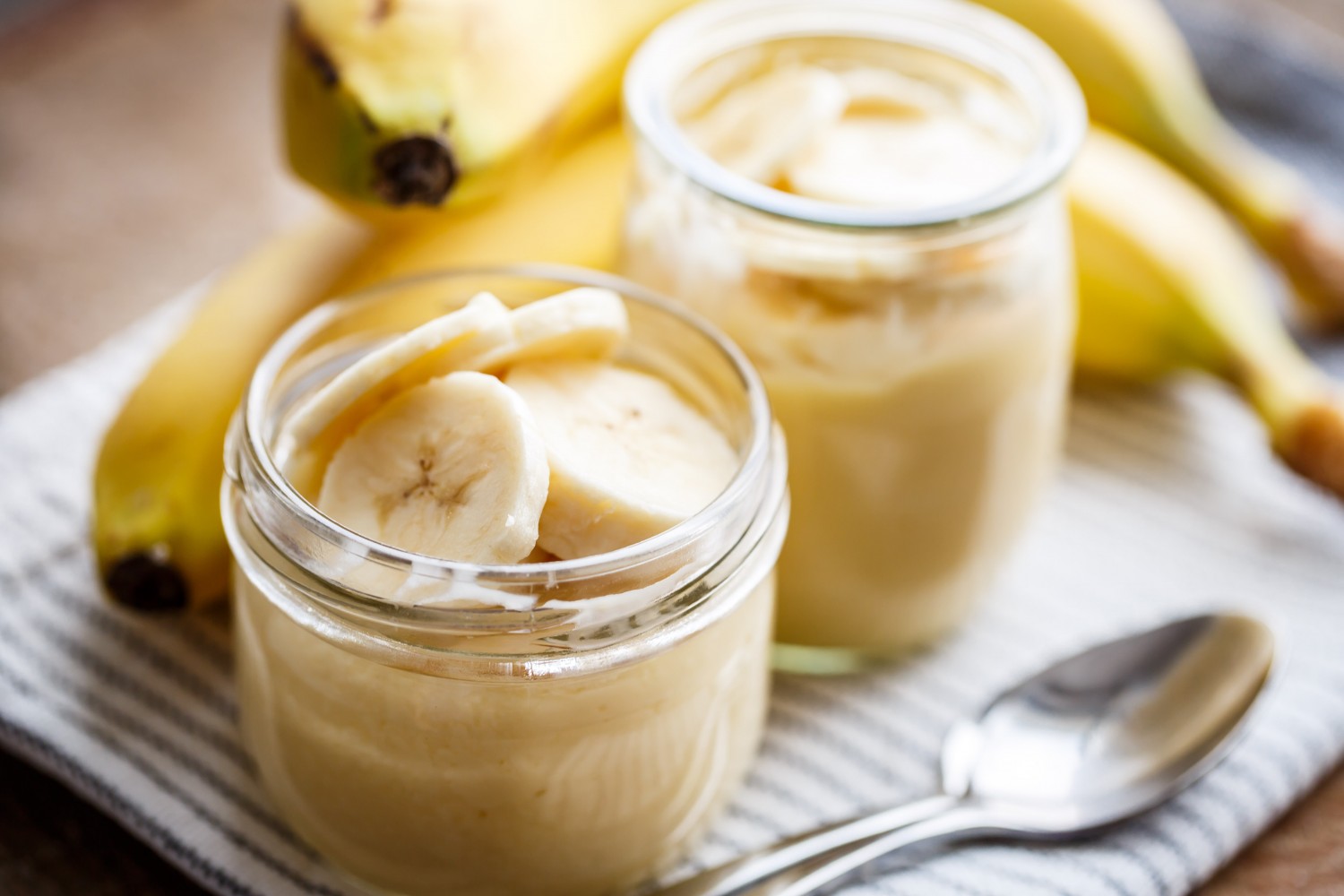
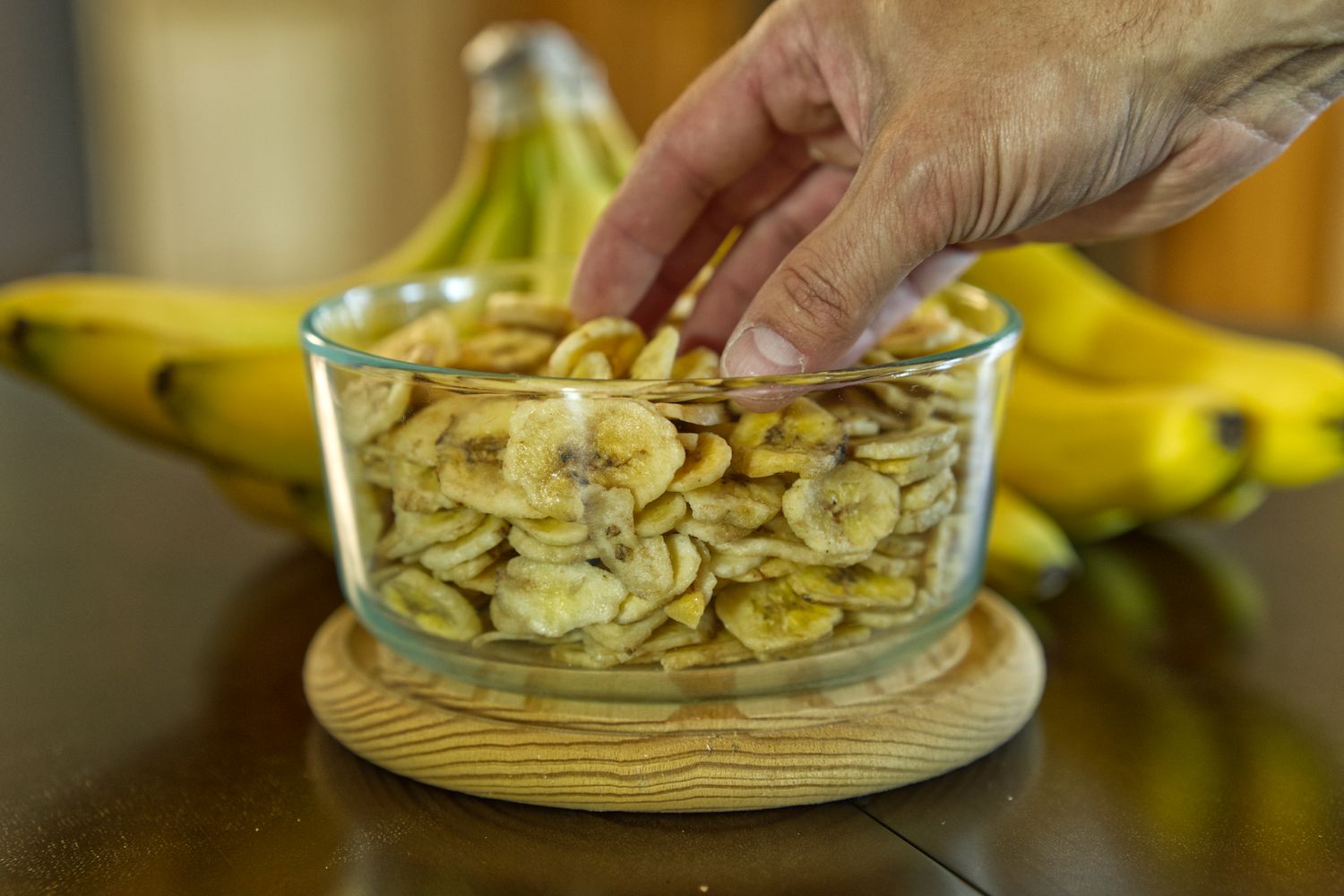

0 thoughts on “How To Store An Opened Banana”